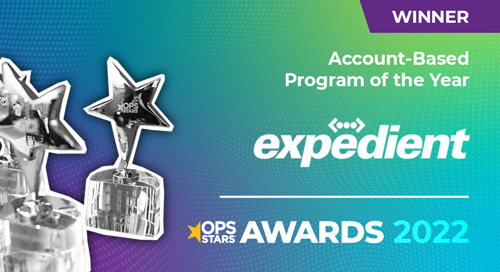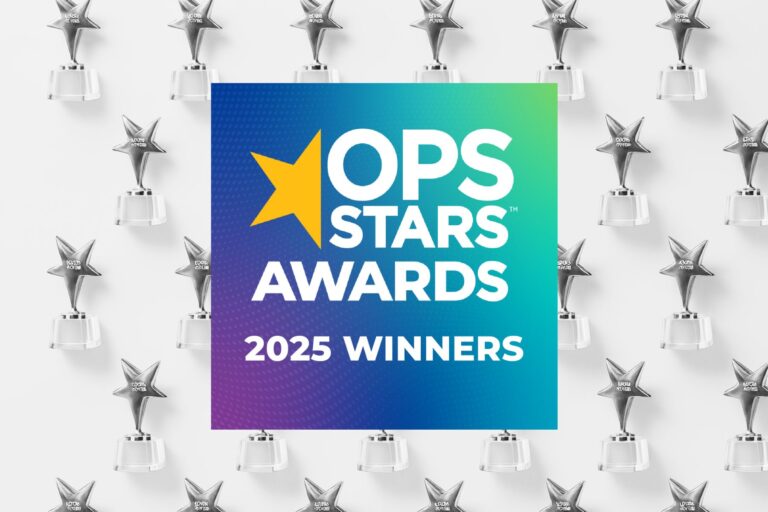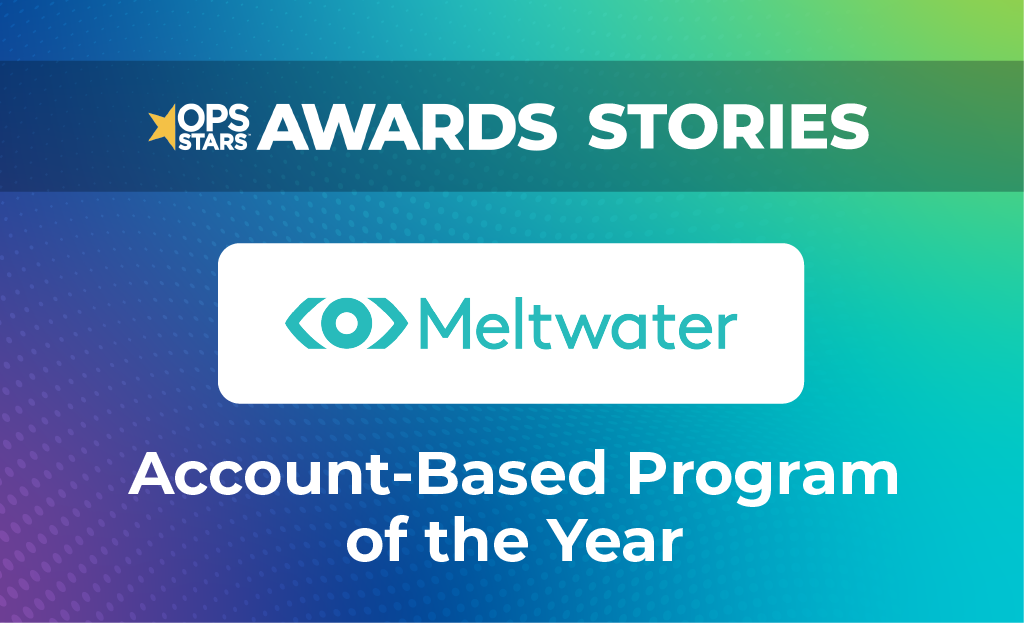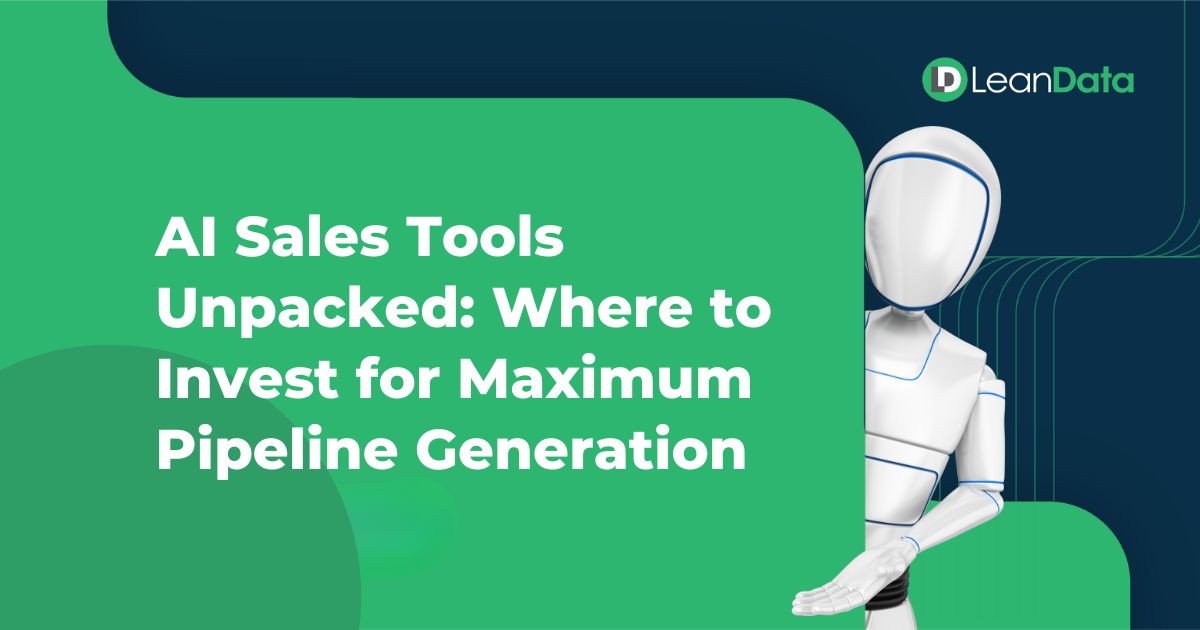Account-Based Marketing has come a long way from its early days of target lists and personalized emails.
The most successful teams today are no longer just “doing ABM.” They are orchestrating every part of their go-to-market strategy around real buying signals that reflect how customers want to engage.
This new approach connects people, processes, and systems around a single view of the buyer journey.
It’s no longer enough to know which accounts you’re going after. You need to understand when they’re ready to engage and coordinate how your teams respond.
The Real Roadblocks in Account-Based Marketing
Even the most well-intentioned ABM programs can stall. In many B2B organizations, challenges often appear long before the first campaign launches.
Common roadblocks include:
- Misalignment between Sales and Marketing on account priorities and timing
- Fragmented buyer data spread across systems
- Manual handoffs that cause delays or missed opportunities
- Limited visibility into where accounts are in their journey
These roadblocks have something in common: they all reflect a gap between strategy and execution. You may have the right goals, but without alignment and automation, your teams can’t act on them efficiently.
Align Account-Based Marketing with the Buyer Journey
A modern ABM motion starts with shared visibility. Everyone involved, Marketing, Sales, and Customer Success, should be able to see the same journey for each account or buying group. That journey isn’t linear anymore. It includes signals from dozens of touchpoints such as events, digital campaigns, and product usage.
When teams can visualize the journey, they stop reacting to leads and start responding to intent. For example, Marketing might see that multiple contacts from one company are researching a specific product feature. Sales can immediately prioritize that account and reach out with context.
LeanData’s Intelligent GTM Orchestration platform enables this alignment by connecting signals across CRM, marketing automation, and engagement tools into a unified view. It helps teams coordinate a consistent experience for every account, no matter where that account is in the journey.
Use Signals, Not Just Segments
Traditional ABM often starts with static account lists that quickly become outdated. Modern programs evolve continuously by tracking signals — changes in buyer behavior or data that indicate new opportunities.
Signals might include website visits, intent data, email engagement, or a field update in Salesforce. Each signal can trigger the right follow-up. For instance, an account showing renewed interest in a product demo could automatically alert the right rep or route the inquiry based on ownership rules.
At scale, this signal-based approach ensures that your ABM program stays aligned with real-world buyer activity rather than assumptions.
Customer Spotlight: Expedient

Expedient recognized that its buyers were doing independent research long before talking to sales. By combining 6sense intent data with LeanData routing, Expedient automated how accounts move from early interest to engagement. As a result, response times dropped from days to hours, and new opportunities increased across both new business and customer upsell motions.
Automate Orchestration for Scale
Even with strong strategy and data, manual execution can hold teams back. The more accounts you target, the harder it becomes to manage outreach, territory alignment, and follow-up at scale.
Automation solves this by coordinating every part of the ABM process — from lead-to-account matching to meeting scheduling — without requiring human intervention.
With LeanData, teams can:
- Match leads and contacts to accounts with high accuracy
- Route opportunities and buying groups to the right owners instantly
- Enforce response-time SLAs across teams
- Send real-time notifications in Slack or Microsoft Teams
- Track performance across every handoff
Automation ensures that no signal or account is left unaddressed, while freeing your people to focus on meaningful conversations instead of data cleanup.
Customer Spotlight: Meltwater
Meltwater’s global revenue operations team built an automated routing infrastructure using LeanData to connect all inbound and intent data to the correct account owner. This system routed over 6,000 leads and 3,800 accounts accurately while driving accountability with Slack notifications for every new opportunity. The process turned untapped intent data into qualified opportunities across global teams.
Measure What Matters
One of the biggest ABM misconceptions is that success equals engagement. In reality, engagement alone doesn’t guarantee progress. Modern ABM teams measure how efficiently accounts move through their journey, from first signal to closed deal.
Start by identifying key indicators across the full lifecycle, not just top-of-funnel metrics:
- Speed to lead: How quickly are teams responding to interest?
- Pipeline velocity: How long do opportunities stay in each stage?
- Buying group depth: How many contacts are involved in each opportunity?
- Account coverage: How many target accounts are progressing versus stagnating?
These metrics give Ops teams and leadership a shared language for evaluating success. They also provide insights that help you adapt strategy and resource allocation quickly.
Customer Spotlight: Reltio

Reltio rebuilt its customer acquisition funnel to transition from a lead-based to an account-based model. Within 60 days, they launched a new opportunity-centric process integrated across Salesforce, Marketo, and ZoomInfo. The result was a 37 percent year-over-year increase in actionable sales opportunities and a 30-day reduction in qualification time.
Building a Foundation for Sustainable ABM
Account-Based Marketing only works when the foundation is solid. Successful programs share a few core characteristics:
1. Unified Data
A single, consistent source of truth for accounts, leads, and opportunities ensures every team works from the same playbook.
2. Shared Visibility
Cross-functional alignment between Marketing, Sales, and RevOps requires shared access to journey insights and performance metrics.
3. Intelligent Automation
Automation makes it possible to manage thousands of accounts, signals, and workflows while maintaining quality and speed.
4. Continuous Learning
Modern ABM is never static. Teams regularly refine targeting, workflows, and messaging based on outcomes and feedback.
By focusing on these four foundations, organizations can evolve ABM from a campaign strategy into a dynamic, company-wide motion that supports every stage of growth.
From ABM to Intelligent GTM Orchestration
The evolution of ABM mirrors a broader shift in how B2B organizations go to market. Instead of treating ABM as a standalone strategy, leaders are weaving it into a unified orchestration model that spans Marketing, Sales, and Customer Success.
This next phase is about connecting insight to action — using technology to ensure the right people engage at the right time with the right context. It’s how companies like Expedient, Meltwater, and Reltio have scaled personalized, efficient growth without sacrificing quality or collaboration.
Modern Account-Based Marketing isn’t about perfection. It’s about orchestration. When every signal, system, and person moves in sync with the buyer journey, growth becomes a natural outcome.
See How LeanData Orchestrates ABM












